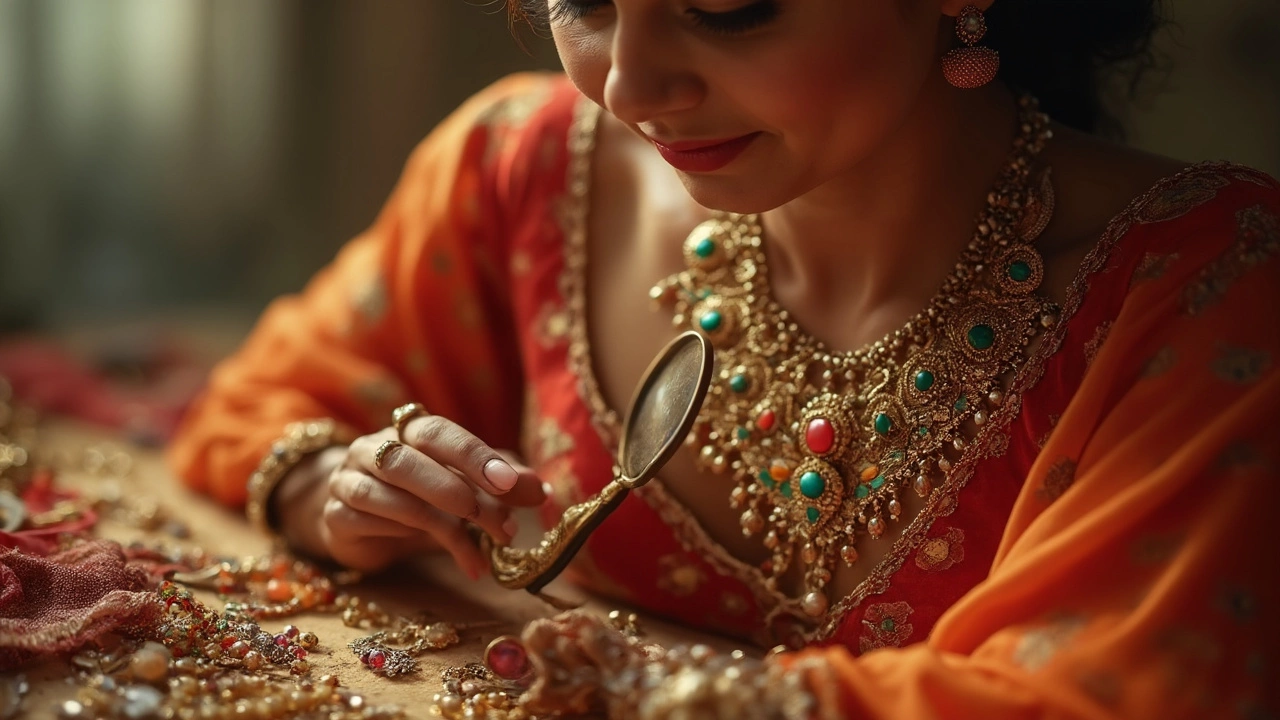Identifying Valuable Pieces: A Practical Guide
When working with Identifying valuable pieces, the process of evaluating jewelry to determine its true worth based on material, craftsmanship, and market demand. Also known as value assessment, it helps buyers and sellers make informed decisions.
To do it right you need to understand Gold purity, the percentage of pure gold in an alloy, usually shown as 22K, 18K or a 750 stamp, recognize Jewelry hallmarks, official stamps that verify metal content, maker’s identity, and legal standards, gauge Gemstone quality, clarity, color, cut and carat weight that drive a stone’s value, and judge the Craftsmanship, the skill level reflected in setting technique, finish and design integrity. These four entities form the backbone of any reliable assessment.
Why Accurate Assessment Matters
Identifying valuable pieces encompasses more than just admiring sparkle; it directly influences purchase price, resale profit, and insurance coverage. The process requires knowledge of hallmarks, because a missing or fake stamp can shave off thousands from a piece’s market value. Understanding gold purity helps you compare the same karat across different sellers, ensuring you’re not overpaying for a lower‑grade alloy. Evaluating gemstone quality protects you from lower‑grade stones that look good but crumble under wear. Finally, assessing craftsmanship tells you if a necklace will stay intact for years or need costly repairs. In short, identifying valuable pieces enables smarter spending and better protection of your investment.
Most buyers start with the metal. Look for a clear stamp inside the band or clasp, then match it against a trusted hallmark chart. Next, examine the stones under a loupe; check for inclusions, uneven color or poor cut – all signs of lower value. Feel the piece; a well‑crafted item will feel balanced, with smooth edges and secure settings. If you’re unsure, a quick visit to a certified jeweler can confirm the hallmarks and provide a gemological report. These steps create a logical chain: metal verification leads to hallmark confirmation, which supports gemstone evaluation, all culminating in a craftsmanship check.
Beyond the basics, consider the market context. Gold prices fluctuate daily, so knowing the current per‑gram rate lets you calculate the metal’s baseline value. Gemstone trends shift with fashion; a ruby might command premium this season while a similar‑quality sapphire could be less sought after. Craftsmanship styles also cycle – vintage hand‑engraved pieces often fetch higher prices than mass‑produced modern designs. By aligning your assessment with these external factors, you turn a simple check into a strategic investment decision.
Ready to put these tips into practice? Below you’ll find a curated list of articles that dive deeper into each of these elements – from decoding specific hallmarks to spotting authentic kantha fabric, and from understanding gold pricing across borders to mastering the art of selling jewelry. Use the knowledge here as a launchpad, then explore the detailed guides that follow to sharpen your eye and boost your confidence when identifying valuable pieces.
